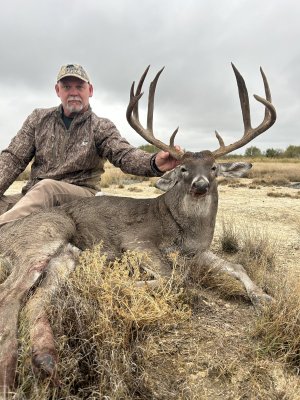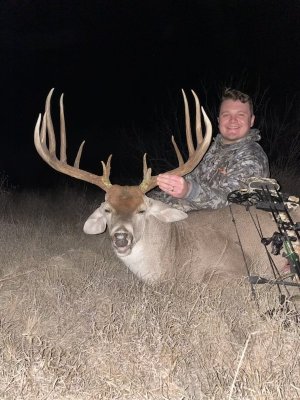It's planting time! Hopefully there is enough moisture from the rains a few weeks ago to get solid germination. As with the past few cycles I'm using cows to terminate summer forages following immediately behind them with the drill.
AS a foundation I'm planting this in all the plots
Cosaque black oats
Elbon rye
radishes---think by getting the radishes in early will have better results than past couple years
purple top turnips.
After that I will be including various combinations of clovers depending on soli type and whatever is already growing in the field including
Arrow leaf clover
La.-s 1
Persian clover---experiment but like what I've been reading about it
Also interested to see if the red clover planted last fall comes back . Had a terrific stand that lasted most of the summer.
I'm also going to experiment with about 10 acres of Kobe lespedeza
AS a foundation I'm planting this in all the plots
Cosaque black oats
Elbon rye
radishes---think by getting the radishes in early will have better results than past couple years
purple top turnips.
After that I will be including various combinations of clovers depending on soli type and whatever is already growing in the field including
Arrow leaf clover
La.-s 1
Persian clover---experiment but like what I've been reading about it
Also interested to see if the red clover planted last fall comes back . Had a terrific stand that lasted most of the summer.
I'm also going to experiment with about 10 acres of Kobe lespedeza

 That would be a lovely addition to your ranch.
That would be a lovely addition to your ranch.

